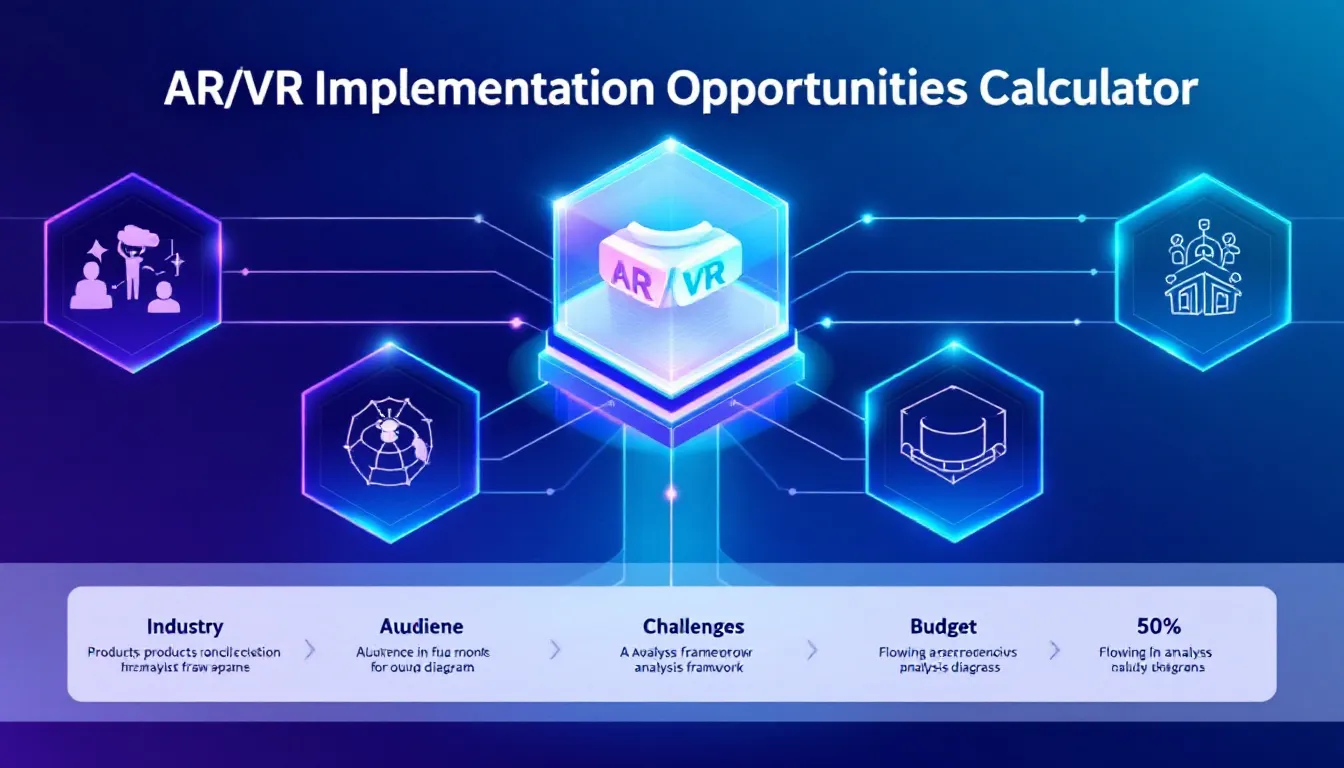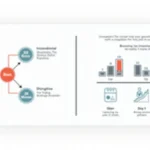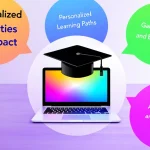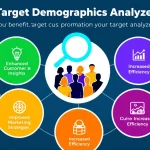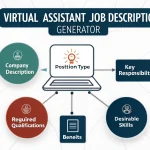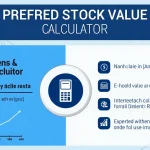Is this tool helpful?
How to Use the AR/VR Implementation Opportunities Tool Effectively
To make the most of this AR/VR Implementation Opportunities Tool, follow these step-by-step instructions for each field:
Input Field Guidelines
- Industry or business sector: Enter your specific industry. For example: “Automotive manufacturing” or “Fine dining restaurants”
- Products or services: Detail the items you want to showcase. Example inputs could be “Luxury vehicle customization options” or “Interactive menu experiences”
- Target audience: Specify your audience demographics and characteristics. Sample entries: “Business executives aged 35-50 interested in luxury vehicles” or “Food enthusiasts seeking unique dining experiences”
- Current challenges: Outline specific problems you’re facing. Examples: “Limited ability to demonstrate vehicle customization options remotely” or “Difficulty in presenting seasonal menu items attractively”
- Budget (Optional): Input your available budget in USD for implementation
- Technology preference (Optional): Specify if you have a preference between AR or VR
Understanding AR/VR Implementation Opportunities Tool
This innovative tool helps businesses identify and evaluate potential applications of augmented reality (AR) and virtual reality (VR) technologies within their specific context. It analyzes input parameters to generate tailored recommendations for implementing immersive technologies that can transform customer engagement and operational efficiency.
Core Functionality
The tool operates by analyzing five key dimensions:
- Industry-specific opportunities and constraints
- Product/service visualization potential
- Target audience technology adoption patterns
- Challenge-solution mapping
- Implementation feasibility based on budget and preferences
Benefits of Using the AR/VR Implementation Tool
Strategic Advantages
- Identify untapped market opportunities
- Reduce implementation risks
- Optimize resource allocation
- Accelerate digital transformation
- Enhance customer engagement
Operational Benefits
- Streamlined decision-making process
- Comprehensive analysis of implementation options
- Clear alignment with business objectives
- Structured approach to technology adoption
Problem-Solving Capabilities
Industry-Specific Challenges Addressed
The tool addresses various common challenges across industries:
- Product visualization limitations
- Customer engagement barriers
- Training inefficiencies
- Sales process bottlenecks
- Market differentiation needs
Solution Framework
The tool generates solutions based on the following framework:
$$Solution\ Score = (Industry\ Relevance \times 0.3) + (Audience\ Fit \times 0.25) + (Challenge\ Match \times 0.25) + (Budget\ Alignment \times 0.2)$$Practical Applications and Use Cases
Retail Sector Example
A furniture retailer inputs:
- Industry: Home furnishing retail
- Products: Custom modular furniture
- Target Audience: Home owners, 25-45 years
- Challenges: In-store space limitations, difficulty showing all configurations
The tool recommends implementing AR mobile apps for furniture visualization in customers’ homes and VR showroom experiences for complete collection browsing.
Healthcare Sector Example
A medical device manufacturer inputs:
- Industry: Medical equipment
- Products: Surgical instruments
- Target Audience: Surgeons and medical professionals
- Challenges: Training costs and accessibility
The tool suggests VR training simulations and AR-assisted maintenance guides.
Frequently Asked Questions
General Questions
Q: How does the tool determine which technology (AR or VR) is more suitable?
A: The tool analyzes your industry requirements, product characteristics, and user needs to recommend the most appropriate technology solution.
Q: Can the tool suggest multiple implementation strategies?
A: Yes, the tool provides various implementation options ranked by potential impact and feasibility.
Q: Is this tool suitable for small businesses?
A: Absolutely! The tool provides recommendations suitable for various business sizes and budget ranges.
Implementation Questions
Q: How detailed should my product description be?
A: Provide as much detail as possible about your products’ physical characteristics, use cases, and unique features.
Q: Should I include my current technology infrastructure in the description?
A: Yes, mentioning your existing technology can help generate more relevant recommendations.
Q: Can I use this tool for multiple departments or product lines?
A: Yes, you can use the tool separately for different departments or product lines to get specialized recommendations.
Strategic Questions
Q: How can I best utilize the tool’s recommendations?
A: Use the recommendations as a starting point for developing your AR/VR implementation strategy and consult with technology providers.
Q: Should I consider my competitors’ AR/VR implementations?
A: Yes, including competitive analysis in your challenges can help the tool suggest differentiating solutions.
Q: How often should I reassess AR/VR opportunities?
A: Regular reassessment every 6-12 months is recommended as technology capabilities evolve rapidly.
Important Disclaimer
The calculations, results, and content provided by our tools are not guaranteed to be accurate, complete, or reliable. Users are responsible for verifying and interpreting the results. Our content and tools may contain errors, biases, or inconsistencies. We reserve the right to save inputs and outputs from our tools for the purposes of error debugging, bias identification, and performance improvement. External companies providing AI models used in our tools may also save and process data in accordance with their own policies. By using our tools, you consent to this data collection and processing. We reserve the right to limit the usage of our tools based on current usability factors. By using our tools, you acknowledge that you have read, understood, and agreed to this disclaimer. You accept the inherent risks and limitations associated with the use of our tools and services.
